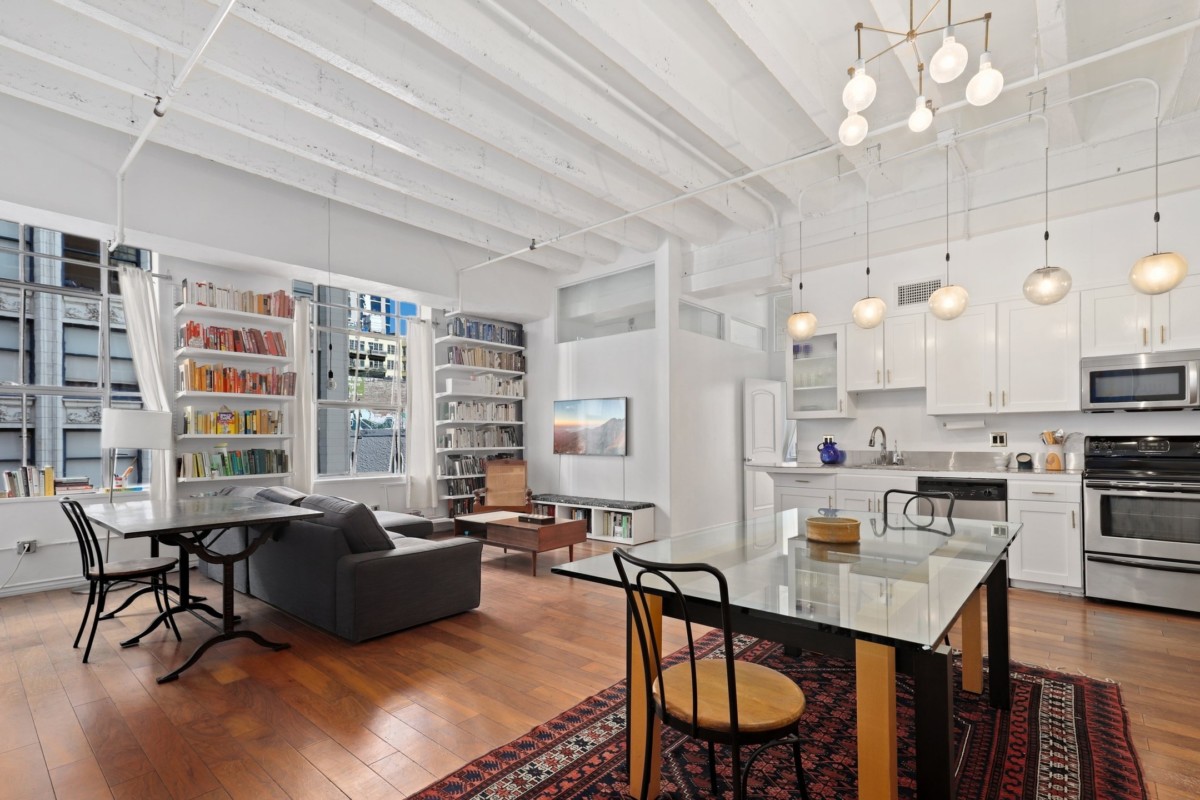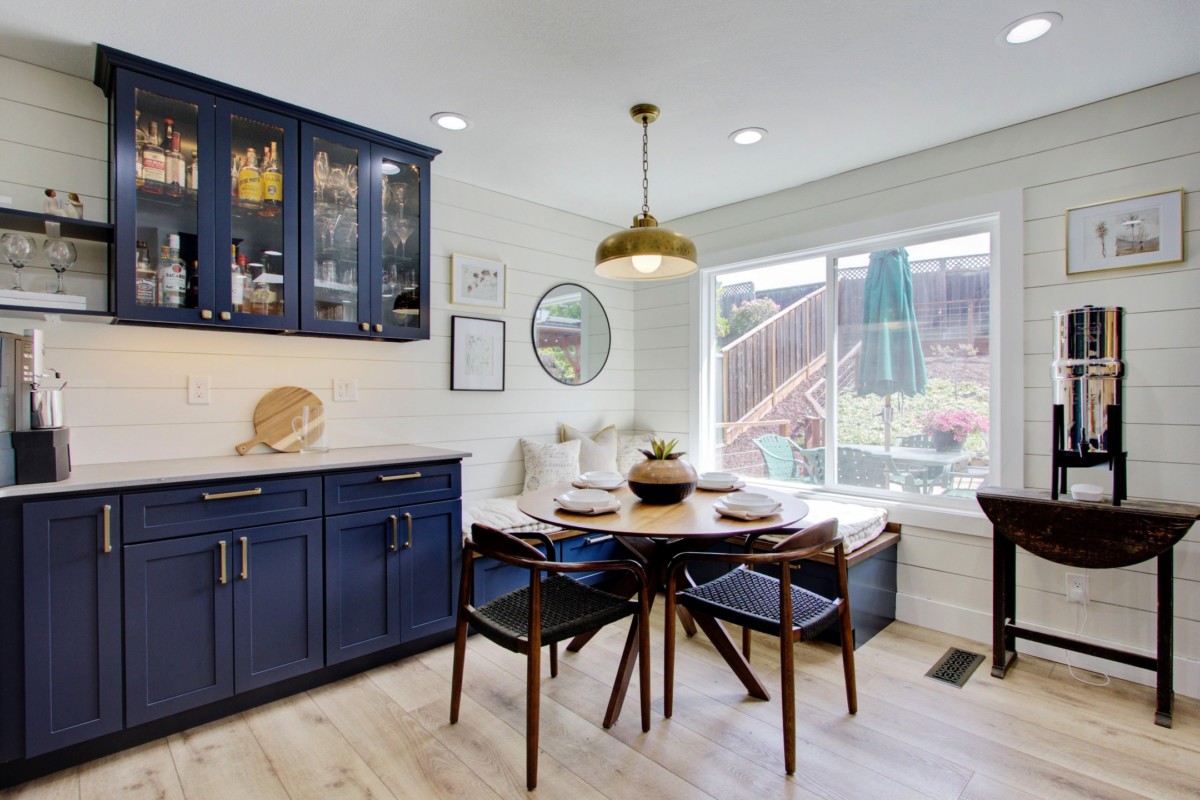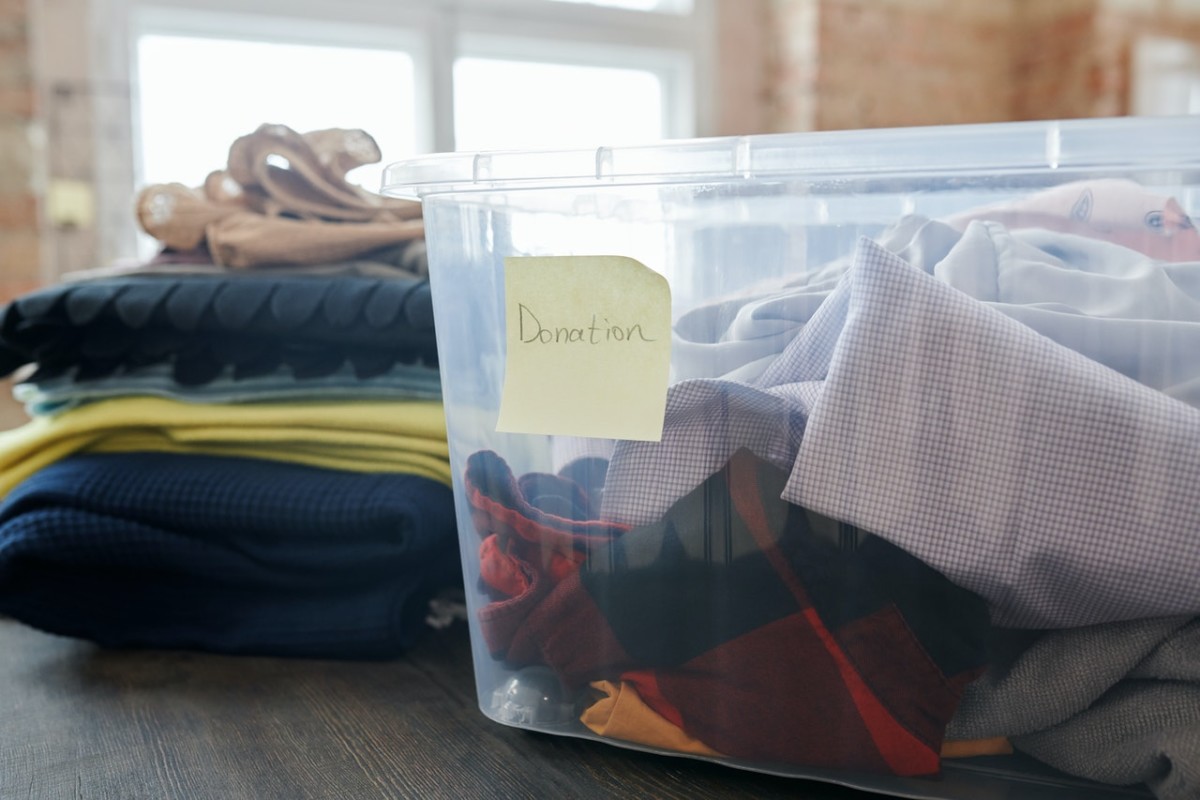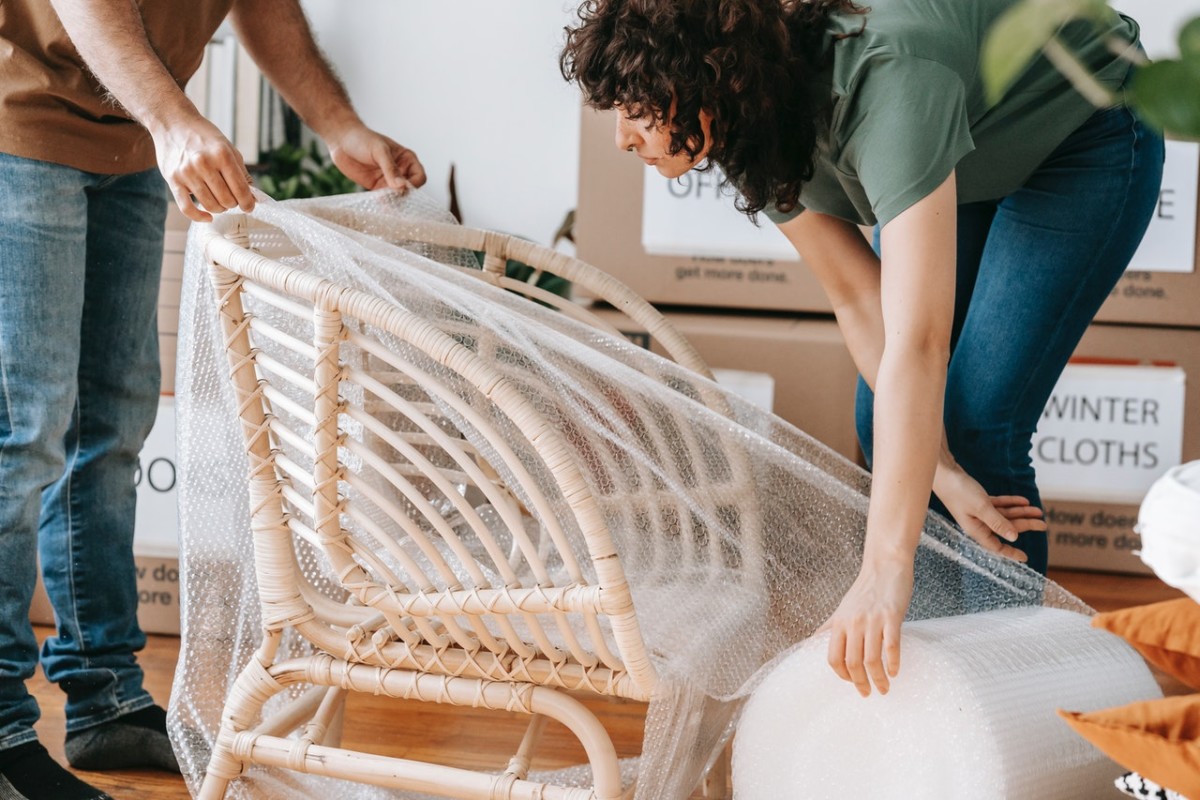It’s no secret that we accumulate a lot of “stuff.” From garages filled with dusty antiques and hand-me-downs to attics filled with knick-knacks, these items often lay forgotten until the dreaded day comes when it’s time to pack for a move. While the thought of decluttering and downsizing ahead of a move can be an additional stressor on top of packing, it doesn’t have to be. By tackling your packing with a minimalist approach, you can streamline your move by focusing on the items that are truly valuable and important to you.
Whether you’re downsizing to an apartment in New York, prepping for a move to your new rental in Austin, or just looking to lighten your load, we’ve got you covered. We put together a 15-point checklist with help from the pros themselves, so you embrace minimalism to make your entire moving process faster, easier, and, most importantly, stress-free. Here’s how to do it.
Create an action plan
1) Plan ahead before you start packing things away in boxes
Before packing everything away in boxes for your next big move, think through what you’ll actually need at your final destination and what you need to have on hand during the transition. Set aside just enough outfits that you can mix and match to get you through until you move. Then, create a positive mindset before you tackle decluttering your wardrobe, stay hydrated, take small breaks to walk away from the room, and breathe well when sorting through your clothing and bedroom items. When you’re ready to start packing, sort your clothing efficiently by setting up organizing zones. Next, gather a pen, blank paper or sticky notes, trash bags, and/or boxes to label your zones:
- “Save” – items that will be packed away
- “Offload” – items to be donated or consigned
- “Relocate” – items that need to be returned or belong in another room
- “Trash” – items that are soiled and can’t be donated.
Set a timer to sort through your clothing and bedroom items in 30-minute intervals, take a 5-minute (timed) break, and continue your process until you have sorted through everything in your space. When done sorting, S.O.R.T. backward: take out the trash, relocate items, offload items, and pack the rest in boxes with a color-coded label specific to items that belong in your bedroom or closet. –Brittany Huntoon Professional Organizing & Interiors
2) Visualize yourself in your new space
Take some time to visualize yourself living in your new space. How do you want to feel in this space? What do you dream of doing there? When we get a clear vision of our ideal lifestyle and keep it at the forefront of our decision-making, we’re empowered to let go of items that no longer suit us. When you can’t decide whether or not to bring something along, return to your vision and ask yourself if this item truly works for you. –Curated Dwelling
Lighten your load before you pack
3) Don’t procrastinate on decluttering
Start decluttering ahead of time so that you’re not forced to pay to move things you don’t want. By doing this, you can unpack your new home peacefully and enjoy your home without stressing about old clutter. –Trinity Unpacking Co.
4) Purge before you pack
The key to a successful move is to purge before you pack. We often work with clients who have boxes in their basements and attics full of items from their last move that they haven’t touched in years. Don’t move with anything you won’t use, wear, or want. –Serenity At Home
5) Do a thorough assessment of each room
When preparing to move, go through the items in each room of your home and honestly assess whether you’ll use those items in your new home. You’ll be able to discard any unused and unwanted items before packing, giving you less to unpack at your new home and less stress about finding a new place to store those things. You can also donate the items you aren’t keeping so someone else can enjoy them. But if you feel conflicted about things you’re discarding, take a picture of them. This way, you’ll still have the memory but not the extra mental weight of keeping things for which you have no use. –Simply Organized Solutions For You
Sort, declutter, and donate
6) Tackle the knick-knack drawer and discard anything you won’t use
Go through your most cluttered area first (we’re looking at you, knick-knack drawer), and take this opportunity to go “Cobra Kai” and show these items “No Mercy.” The goal is to get rid of things you haven’t used in a year. –RestorePros Remediation Services
7) Declutter and downsize your kitchen items
Less items mean less stress – start by decluttering your items first and separating the items you haven’t used for a while. Always start in the kitchen with the fragile items first, making sure to have plenty of bubble wrap or packing paper. Be sure not to overpack or leave empty spaces in boxes; fill those open spaces with more packing paper to avoid breaking any items. Then, use plastic wrap for all your liquids to avoid drops or spills. Remember, don’t pack hazardous materials with other items. Pack them separately or take them on your own. –King Affordable Movers
8) Follow the “three D’s” before packing – discard, donate and dump
Always discard, donate and dump before packing and/or moving to save time. For example, discard all the mix-match plastic containers (bottoms without lids and lids without bottoms). Or if you have been married for more than five years and still haven’t used your wedding registry dishes and/or countertop appliances, don’t bother packing them. Just donate, gift or sell them. Don’t forget to purge all expired items (bagged, boxed, and canned goods and spices) before packing. –A Gift of Organizing
9) Go through each cabinet
The key to decluttering a kitchen is to start. Begin by opening one cabinet, pull everything out, and decide what to keep as you go. Anything you’re keeping can go back inside. Everything else should be tossed, donated, or sold. Move through each cabinet and drawer until you’ve decluttered the entire space. You’ll also want to consider the space you’re moving into. Is the kitchen smaller or larger? Do you have fewer cabinets? More drawers? What is the counter space compared to your current kitchen? Decluttering and choosing what to keep is far easier when you consider how everything will fit in your new home. –Well Sorted by Holly
Let’s get moving – packing up your items
10) Start with the kitchen first
We always recommend packing the kitchen first because most people underestimate the time and effort required to pack a kitchen. Wrapping dishware, stemware, and kitchen appliances can be tedious and time-consuming. Packing the kitchen first means you’ll have the energy and focus needed to be thorough. If you wait to pack the kitchen last, you may experience “packing fatigue” and try to cut corners. Cutting corners while packing fragile items is the main cause of breakage. –PacWest Moving & Delivery
11) Save the sentimental items for last
Leave items that you’re sentimental about for last. If you start with mementos, you can easily get sidetracked reminiscing before doing any work. This lets you knock out the easy packing tasks first before going through your mementos –First Choice Senior Movers
12) Properly pack up your items
When packing items, it’s imperative that you properly protect them. This can be done by using bubble-wrap or shrink wrap to protect your furniture and items. Placing a blanket on items before wrapping can further protect your items from damage. –Moving Syndicate
13) Keep a “MVP” box for the essentials
As you prepare to move, take note of your everyday items. Then, pack those daily essentials into a box labeled “M.V.P.” (Most Valuable Package) for each room. Unpacking your M.V.P.’s first will give you easy access to your priority items, allowing you to settle in without feeling pressured to get through all of your boxes right away. –Two Tidy Tinas
14) LAST Box, FIRST Box
Dedicate one kitchen box for any last items you’ll use/need before the move, as it’ll become the first box you open in the new kitchen. Some essentials could include a coffee pot, one fork/spoon/plate, sharp knife, bowl, scissors, paper towels, cutting board, sponge, dish towel, toilet paper roll, cleaner, etc. Also, have a good size cooler ready for the last empty of the refrigerator freezer. –LB Living Better
15) Don’t be afraid to call in the pros for some extra help
Plan your move in 3 simple steps:
1) Call moving companies and packers ASAP to obtain estimates and reserve a place on their schedule.
2) Sort and discard unused items prior to packing. Choose one area a day to avoid becoming overwhelmed!
3) Begin packing rooms and items that are rarely used, such as guest rooms, fine china, and décor. Better yet, have a professional come and pack for you. –Dependable Packers





 United States
United States Canada
Canada